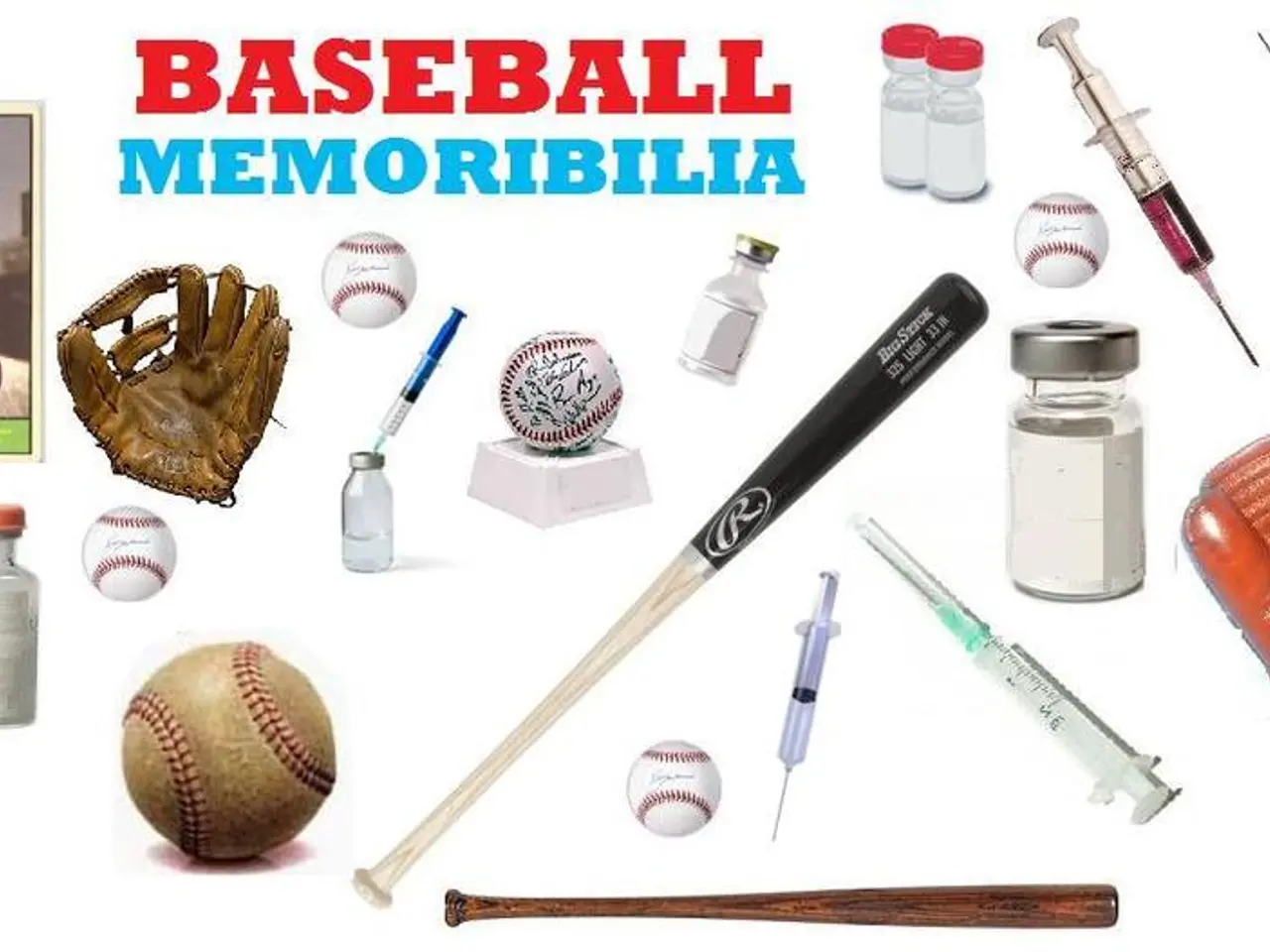Rhinos in Africa are being irradiated, alas, for a dismal purpose.
In a groundbreaking conservation initiative, researchers from the University of Witwatersrand's Department of Radiation and Medical Physics are leading a pilot project to make rhino horns radioactive. This joint effort, which also involves the University of South Africa, nuclear energy representatives, and conservationists, has seen five rhinos receiving radioactive injections [1][2].
The global rhino population has significantly dwindled over the years, with numbers dropping from about 500,000 at the beginning of the 20th century to approximately 27,000 today, largely due to the demand for rhino horns on the black market [3]. South Africa, home to an estimated 16,000 rhinos, faces high poaching levels, with around 500 rhinos killed annually for their horns [4].
The radioactive isotopes used in this project are claimed to be harmless to the rhinos but can be detected by customs officials at airports, potentially aiding in the arrest of poachers and traders [1][2]. In low concentrations, these isotopes can be detected by radiation detectors at airports and borders, providing a potential tool in the fight against rhino poaching [5].
Last year, around 20 rhinos in a reserve received isotope injections, and the university is urging private game park owners and national conservation authorities to inject their rhinos with radioactive isotopes to combat rhino poaching [6]. Tests have shown that horns can be detected inside full large shipping containers using radiation detectors [1][2].
While the project is still in its early stages, the potential benefits are significant. By leveraging the existing nuclear security infrastructure—specifically radiation detectors already used worldwide for customs and anti-smuggling operations—the initiative aims to identify and intercept illegally trafficked rhino horns. This could potentially reduce illegal trade and strengthen deterrence against poaching [1][2].
However, concrete data on the impact of this approach on reducing poaching rates is not yet available. South Africa continues to face high poaching pressure, with 103 rhinos reported poached in the first quarter of 2025 alone [2][3]. The full implementation of this approach is planned but not yet widespread.
In conclusion, the radioactive tagging of rhino horns is a promising but still emerging conservation tool being piloted in South Africa with international support. Its effectiveness on poaching reduction has yet to be fully demonstrated, but the potential benefits are significant in the fight against rhino poaching.
References:
[1] University of the Witwatersrand. (2025). Radioactive Rhinos: A New Approach to Combat Rhino Poaching. Retrieved from https://www.wits.ac.za/news/articles/radioactive-rhinos-a-new-approach-to-combat-rhino-poaching/
[2] South African National Parks. (2025). Rhino Poaching Statistics. Retrieved from https://www.sanparks.org/news/2025/rhino-poaching-statistics.php
[3] World Wildlife Fund. (2025). Rhino Population Decline. Retrieved from https://www.worldwildlife.org/species/rhino/facts
[4] Save the Rhino. (2025). Rhino Population. Retrieved from https://www.savetherhino.org/rhino-population/
[5] International Atomic Energy Agency. (2025). Radioactive Rhino Horns: A New Conservation Tool. Retrieved from https://www.iaea.org/newscenter/news/radioactive-rhino-horns-a-new-conservation-tool
[6] University of South Africa. (2025). Combat Rhino Poaching Campaign Launched. Retrieved from https://www.unisa.ac.za/news/combat-rhino-poaching-campaign-launched-0
- The use of radioactive isotopes in rhino horns, a novel approach in the fight against poaching, is proposed as a potentially significant tool in health-and-wellness and environmental-science, as it could aid in the detection and reduction of illegal trade and strengthen deterrence against poaching.
- The radioactive tagging of rhino horns, under development in South Africa through collaboration between universities, nuclear energy representatives, and conservationists, aligns with the broader goals of science and medical-conditions, as it seeks to increase the health and wellness of rhinos while combating environmental degradation caused by poaching.




